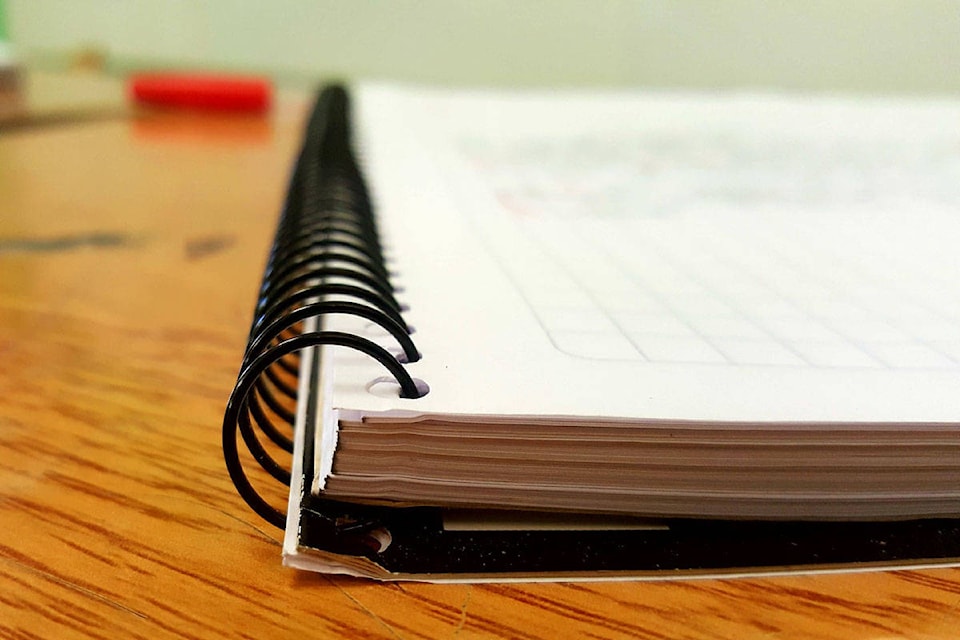As protests sparked by the death of George Floyd in the U.S. continue, the role schools and educators have are also being examined, and the Greater Victoria Teachers’ Association is calling for more diversity in teaching staff in the region.
“In the current context it’s highlighted again that there’s a lack of diversity in our teaching staff,” said Greater Victoria Teachers’ Association (GVTA) president Winona Waldron. “I think we need to acknowledge a lack of reflection of the student base.”
Teachers are in positions of trust and leadership, Waldron said, making it essential that teachers of colour and Indigenous teachers are in schools as well.
Before the COVID-19 pandemic hit, Waldron said the GVTA and B.C. Teachers’ Federation was in conversation with schools about hiring more Indigenous teachers and an agreement was made to ensure that happens. She said discussions about diversifying teaching staff have yet to come, with the pandemic slowing things down.
“I would like to see more representation in all of our schools,” Waldron said.
Saanich School District superintendent Dave Eberwein said statistics on things like ancestry, skin colour, religious background and sexual orientation of staff aren’t kept by SD63 but that there is a board policy around employment, equity and diversity in the workplace.
READ ALSO: Racism is here too, say Victoria’s Black community leaders
“Because there is a significant Indigenous population within the Peninsula here we have a very strong and robust Indigenous education department,” Eberwein said.
There is also a policy that supports the preferential hiring of Indigenous people for positions where the primary purpose is to serve needs of Indigenous students.
Eberwein said one of the district’s focuses is to continue to work towards increasing diversity in the workforce by working with the community to hire staff that reflect the population in SD63.
“We have an opportunity to make a difference in people’s perception and understandings that diversity is a strength,” Eberwein said. “We take our role seriously in building that awareness that all people are equal.”
However, Eberwein noted that the school district is bound by the diversity of people who apply for jobs within it.
According to Waldron, a way to help diversify hires could be for school districts to work with teacher training programs like at the University of Victoria. She said programs could be incentivized for people of colour so they can graduate and move into teaching positions in the region.
Similar to SD63, the Sooke School District does not collect information on things like race, religious background and sexual orientation of staff but superintendent Scott Stinson said the agreement made around hiring people with Indigenous ancestry is being honoured.
“What we want in our workforce is a diversity that reflects the community that we serve,” Stinson said. “It’s a big piece for us and it’s not just reflected in staff at schools but making sure students have a sense of connection and belonging in the buildings they walk into.”
READ ALSO: Parents advocate for change of George Jay Elementary name, citing racist history
Stinson said the school district has not yet looked into any Human Rights Tribunal exemptions that would allow for specific changes in hiring practices such as hiring certain people for some roles or making a point to hire people of colour. He said he believes that before the school district starts quantifying diversity within it, existing barriers that prohibit people with diverse backgrounds from accessing employment in SD62 should be looked at first.
“We believe it’s open to everyone but we see that with a particular lens or bias,” Stinson said. “Listening to experiences from Black, LGBTQ and people of other ethnicities would be a good starting place.”
Stinson said looking at systemic barriers and racism that exists and adjusting practices to eliminate them is an important step to take and that the school district should begin by understanding people’s experiences through various perspectives.
In a news release, SD61 said the Greater Victoria School Board renewed its strategic plan which has goals to “create an inclusive and culturally responsive learning environment that will support and improve all learners’ personal and academic success.” The goals specifically include Indigenous learners and supporting everyone’s mental well-being as well.
The strategic plan was developed and informed by students, Indigenous communities, staff, educational partners and administrators with consultation beginning in August 2019.
On June 4, the B.C. Teachers’ Federation (BCTF) put out a statement denouncing violence against Black community members. The federation noted that teachers see the impacts of racism through their students of colour and their families such as disproportionate levels of poverty, illness, violence, incarceration and death.
“The BCTF stands for public education as a way to make the world better and values the role of teachers as change makers,” the statement said. “We believe strongly that it is our moral duty to speak out against racism, to take action against racism and to inspire our students and communities to join in the struggle.”
READ ALSO: ‘If we are quiet, we aren’t changing the situation,’ B.C. teacher says of racism he’s faced
